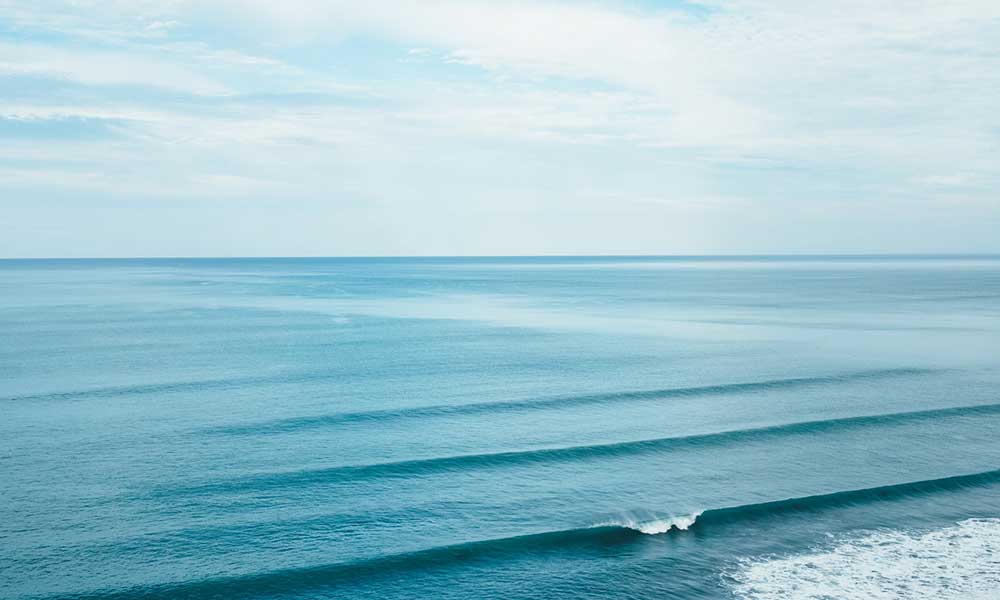Onshore, offshore, sideshore—which of these winds are best for creating waves?
Wind direction is a key component of all surf reports, and it’s not uncommon to see all of these wind types.
But they don’t all create the same reactions and understanding how they work will help you to find the best waves for surfing.
What is the Difference Between Offshore Winds and Onshore Winds?
The direction that the wind is blowing will dictate how strong and surfable the waves are.
Onshore winds, for instance, blow from the ocean to the shore.
These winds create choppy waves that are difficult to surf, as the wind flattens them and ruins the shape.
Offshore winds, on the other hand, are considered the best for surfing.
Offshore winds blow from the shore to the sea, creating rolling waves and clean breaks.
The wind blows the waves back to make them steeper and taller, and this is what surfers look for.
What are Sideshore Winds?
As the name suggests, sideshore winds blow from right to left or left to right.
The direction and force of these winds will determine how they affect the waves, but they are usually considered to be better than onshore winds but worse than offshore winds.
Is Offshore Wind or Onshore Wind Better for Surfing?
Offshore winds are by far the best for surfers.
Not only will they create the shapes that you’re looking for, but offshore wind will also delay the breaking of the waves.
In some cases, the waves will only break upon reaching the shore, as the wind is holding them back and allowing them to grow.
Onshore wind is terrible for wave quality. It will flatten and crush those waves and make for a frustrating surf.
Checking Wind Directions
Before you head out for a day of surfing, pay attention to wind directions.
Look for offshore winds that create taller and longer winds.
A surf report will typically tell you where the wind blows, as well as information such as wave height, swell direction, and more.
It’s information that you need to know before you surf, and info that every experienced surfer pays close attention to.







